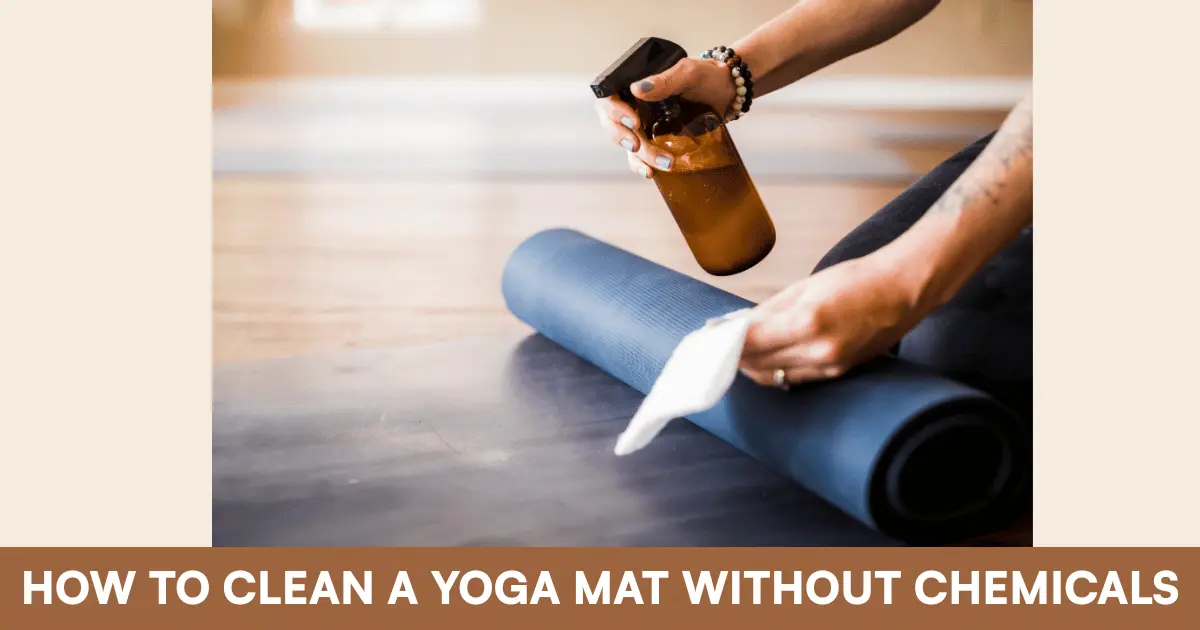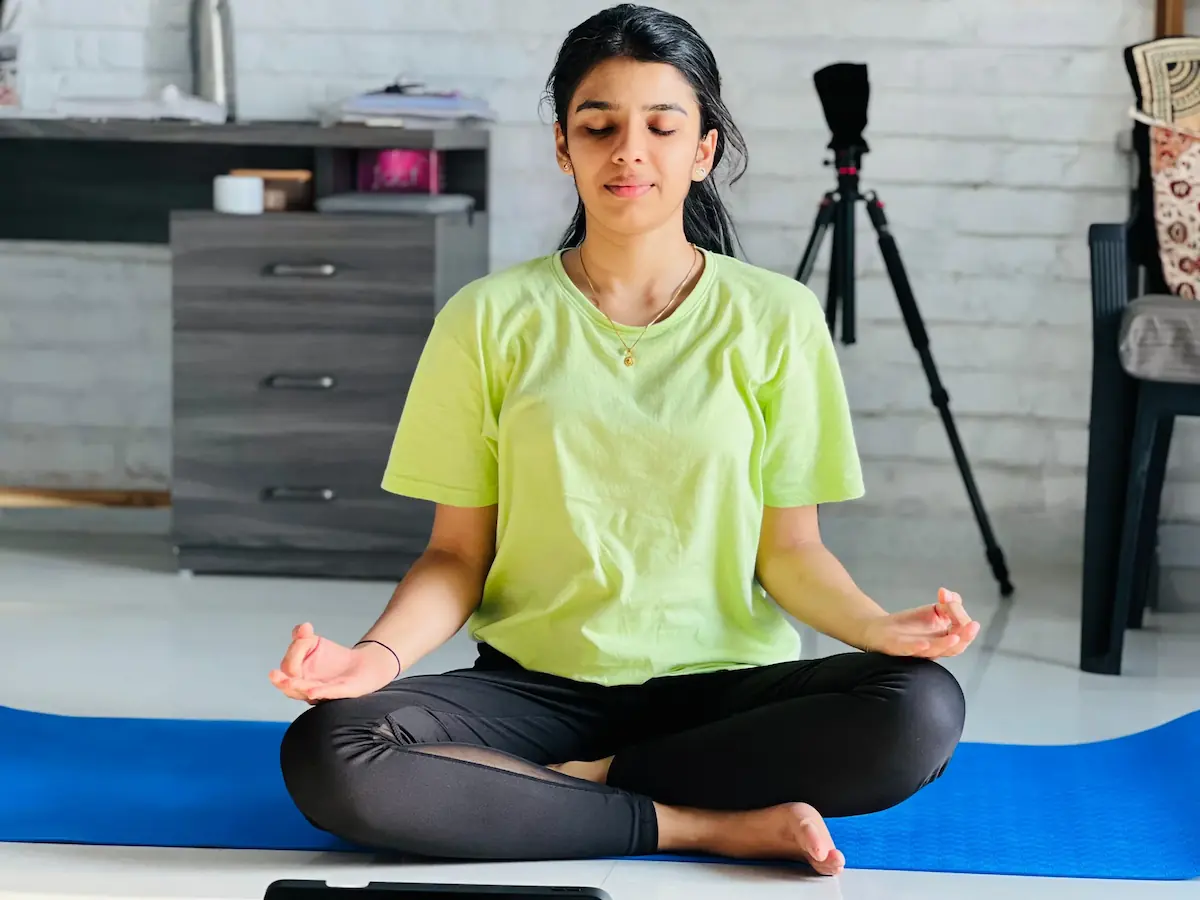Yoga mats are essential tools for anyone who practices yoga regularly. They support your body, provide grip and cushioning, and create a personal space for practice. However, since they come into direct contact with your skin, sweat, and the floor, yoga mats can accumulate bacteria, dust, body oils, and odors over time.
Cleaning your mat regularly is important—not just for hygiene but also to preserve its durability and maintain a safe surface for your practice. This guide will walk you through a simple, chemical-free process for cleaning your yoga mat using natural ingredients that are gentle, effective, and environmentally friendly.
Why Avoid Chemical Cleaners?
Many commercial cleaners contain synthetic chemicals, artificial fragrances, and alcohol-based solutions that can be too harsh for both your skin and the material of your mat. Over time, these substances can break down the surface of your yoga mat, reduce its lifespan, and may even cause allergic reactions or skin irritation.
Natural cleaning methods are a safer alternative. They are non-toxic, biodegradable, and cost-effective, making them suitable for regular use.
What You’ll Need for a Natural Yoga Mat Cleaner
To create your own natural yoga mat cleaning solution at home, gather the following ingredients:
- Distilled Water: This acts as the base of the cleaner. It’s better than tap water because it doesn’t contain minerals that can leave residue on your mat.
- White Vinegar or Witch Hazel: These are natural disinfectants. Vinegar has antimicrobial properties, while witch hazel is gentle on sensitive skin and adds a fresh scent.
- Essential Oils (Optional): Tea tree oil is a powerful natural antibacterial and antifungal agent. You can also use lavender, eucalyptus, or lemon oil for a more pleasant scent and added antimicrobial benefits.
DIY Natural Yoga Mat Cleaner Recipe
Ingredients:
- 1 cup of distilled water
- ¼ cup of white vinegar or witch hazel
- 5–10 drops of tea tree essential oil
- 5 drops of lavender or eucalyptus essential oil (optional)
Directions:
- Take a clean, empty spray bottle (preferably glass or BPA-free plastic).
- Pour in the distilled water.
- Add either white vinegar or witch hazel to the bottle.
- Add the essential oils. These should be added last to ensure even mixing.
- Shake the bottle gently to blend all the ingredients.
Label your bottle and store it in a cool, dark place when not in use.
Step-by-Step: How to Clean Your Yoga Mat Naturally
Step 1: Lay Out the Yoga Mat
Choose a clean, flat surface like your floor or a large table. Spread the yoga mat fully open so that both sides are easily accessible. If possible, place a towel underneath to avoid getting your floor wet.
Step 2: Spray the Cleaning Solution
Shake your spray bottle to make sure the ingredients are well mixed. Lightly spray one side of the mat with your cleaning solution. Avoid soaking the mat. The goal is to mist the surface evenly so that it becomes damp but not saturated.
Step 3: Wipe with a Clean Cloth
Using a soft cloth or microfiber towel, gently wipe the entire surface of the mat. Start from one end and work your way to the other, making sure to lift away dirt, oils, and sweat. Focus more on areas where your hands and feet typically rest during practice, as these areas tend to collect the most residue.
Step 4: Flip the Mat and Repeat
Turn the mat over and repeat the spraying and wiping process on the other side. Even if you don’t use the underside during practice, it still picks up dust and grime from the floor.
Step 5: Let the Mat Air Dry
After wiping both sides, hang your mat over a shower rod, balcony railing, or drying rack. Let it air dry completely before rolling it back up. Avoid direct sunlight, especially for rubber or TPE mats, as excessive heat can warp or degrade the material.
How Often Should You Clean Your Yoga Mat?
The frequency of cleaning depends on how often and where you practice:
- After each session: A quick wipe-down with the homemade spray is sufficient to remove fresh sweat and prevent odor buildup.
- Weekly: A deeper clean following the full step-by-step process is recommended if you practice multiple times per week.
- Monthly: You can do a full soak in lukewarm water (only if your mat’s material allows) for a more intensive cleanse. Always check the manufacturer’s care instructions before doing so.
Additional Tips for Maintaining a Clean Yoga Mat
- Use a yoga towel during practice, especially if you sweat a lot. This adds a barrier between your skin and the mat.
- Always wash your hands and feet before starting a session. This prevents oils and dirt from transferring to the mat.
- Store your mat properly in a cool, dry place. Avoid keeping it in a sealed bag for long periods without airing it out.
- Do not use harsh sponges or scrubbers. These can damage the texture and surface of the mat.
Conclusion
Maintaining a clean yoga mat is essential for a healthy and enjoyable practice. You don’t need expensive commercial cleaners or harsh chemicals to achieve this. With just a few natural ingredients and a little care, you can create a safe, eco-friendly, and effective cleaning routine.
By making cleaning a regular part of your yoga practice, you not only preserve your mat’s condition but also create a more mindful, hygienic space for your personal well-being.

